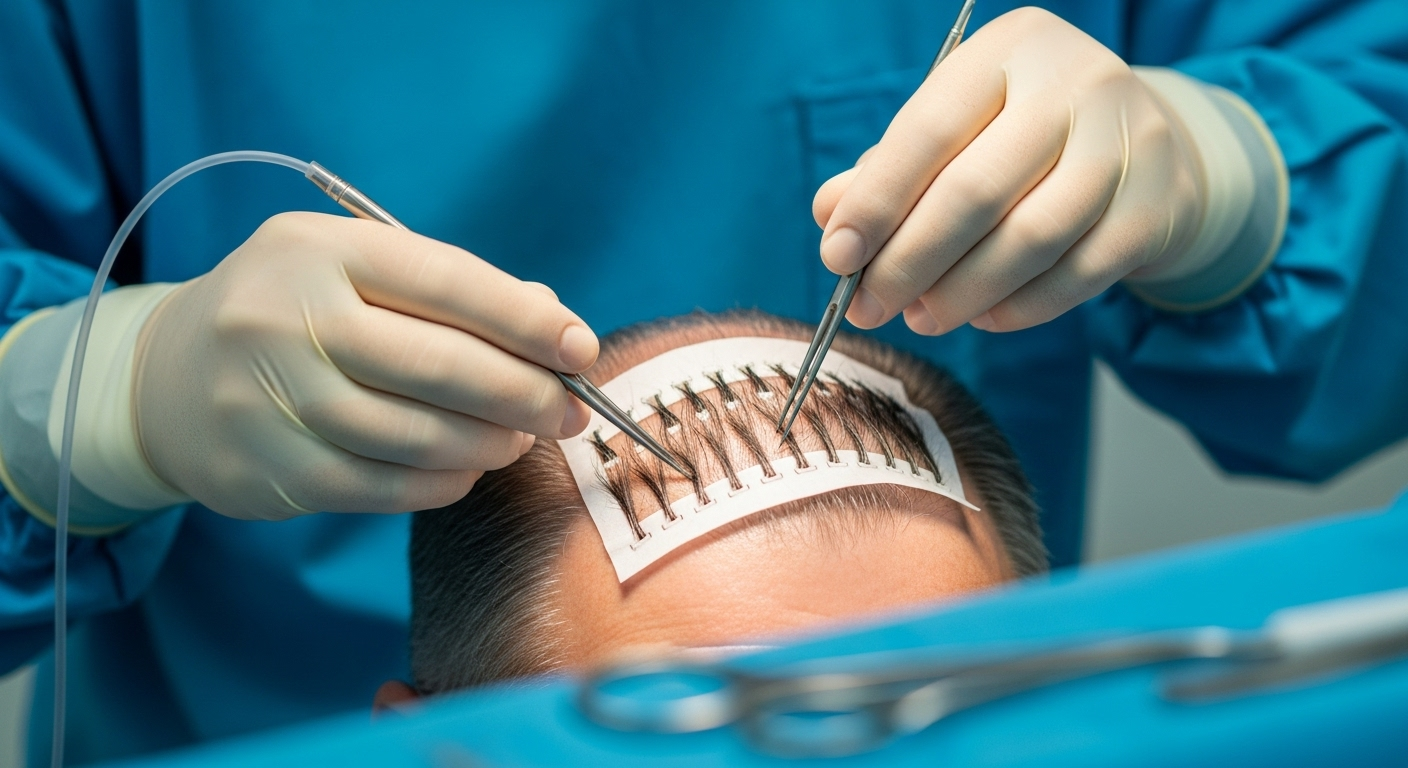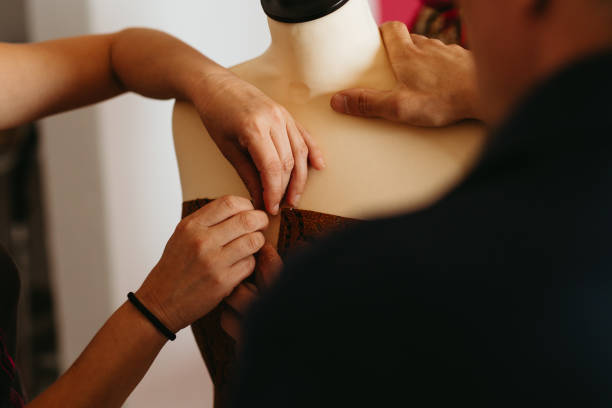Comprehensive Guide to Blepharoplasty: Understanding Eyelid Surgery in Australia
Blepharoplasty, commonly known as eyelid surgery, has become increasingly popular in Australia for both cosmetic enhancement and functional improvement. This surgical procedure addresses aging signs around the eyes, including drooping eyelids, excess skin, and fatty deposits that can affect both appearance and vision. Whether you're considering this procedure for aesthetic reasons or medical necessity, understanding its various aspects is crucial for making an informed decision.

What is Blepharoplasty and How Does it Work?
Blepharoplasty is a surgical procedure that modifies the appearance of the eyelids by removing excess skin, muscle, and fat deposits. The surgery can be performed on the upper eyelids, lower eyelids, or both, depending on the patient’s needs. For upper blepharoplasty, the surgeon makes an incision along the natural crease of the eyelid, removes excess tissue, and closes the incision with fine sutures. In lower blepharoplasty, the incision is typically made just below the lash line or inside the lower eyelid (transconjunctival approach) to eliminate puffiness and bags.
The procedure works by tightening the eyelid structure and removing excess tissue that causes drooping or puffiness. This creates a more alert, youthful appearance and can improve the field of vision in cases where upper eyelid sagging obstructs sight. Typically performed under local anesthesia with sedation or general anesthesia, the procedure usually takes one to three hours depending on its complexity and whether both upper and lower eyelids are being addressed.
Who is an Ideal Candidate for Eyelid Surgery?
Ideal candidates for blepharoplasty are individuals who have:
-
Excess skin on the upper eyelids that may interfere with vision
-
Puffy upper eyelids due to excess fat deposits
-
Bags or dark circles under the eyes
-
Droopy lower eyelids that reveal the white of the eye below the iris
-
Fine wrinkles on the lower eyelid
Most candidates are over 35 years of age, though genetic factors can necessitate the procedure in younger patients. Healthy individuals without serious eye conditions or medical issues that could impair healing make the best candidates. Realistic expectations about what the surgery can achieve are also important.
Before proceeding, candidates should undergo a thorough medical evaluation, including an eye examination. Those with conditions like dry eyes, glaucoma, or thyroid disorders require special consideration as these conditions can sometimes be exacerbated by eyelid surgery.
What to Expect During Recovery?
Recovery from blepharoplasty typically progresses through several stages. Immediately after surgery, patients may experience swelling, bruising, irritation, or dry eyes. Cold compresses and prescribed medications help manage these symptoms. Most surgeons recommend keeping the head elevated and applying cold packs for the first 48 hours to minimize swelling.
During the first week, stitches are usually removed if non-dissolving sutures were used. Patients should avoid strenuous activities, smoking, and rubbing their eyes. Most people can return to work and normal activities within 7-10 days, though complete healing takes several weeks. Sun protection is crucial during recovery, as the eyelid skin will be particularly sensitive.
By two weeks post-surgery, most visible bruising resolves, though some swelling may persist. Final results become apparent after approximately six weeks when all swelling has subsided. Patients should attend all follow-up appointments to ensure proper healing and address any concerns promptly.
Cost Considerations and Insurance Coverage
The cost of blepharoplasty in Australia varies significantly based on several factors including the surgeon’s expertise, geographic location, facility fees, anesthesia fees, and whether upper eyelids, lower eyelids, or both are being treated.
| Procedure Type | Average Cost Range (AUD) | Additional Fees |
|---|---|---|
| Upper Blepharoplasty | $3,000 - $5,500 | Anesthesia, facility fees |
| Lower Blepharoplasty | $3,500 - $6,000 | Anesthesia, facility fees |
| Combined (Upper and Lower) | $6,000 - $10,000 | Anesthesia, facility fees |
Prices, rates, or cost estimates mentioned in this article are based on the latest available information but may change over time. Independent research is advised before making financial decisions.
Regarding insurance coverage, Medicare and private health insurers in Australia may cover blepharoplasty when it’s performed for functional reasons, such as correcting visual field obstruction caused by drooping eyelids. To qualify for coverage, patients typically need to demonstrate medical necessity through visual field testing. Purely cosmetic procedures are generally not covered by insurance. Patients should consult with both their surgeon and insurance provider before proceeding to understand potential out-of-pocket expenses.
Choosing a Qualified Surgeon and Facility
Selecting the right surgeon is perhaps the most crucial decision in the blepharoplasty process. In Australia, look for surgeons who are Fellows of the Royal Australasian College of Surgeons (FRACS) with specialization in plastic surgery, ophthalmology, or oculoplastic surgery.
When evaluating potential surgeons, consider:
-
Their specific training and experience with blepharoplasty
-
Before-and-after photos of previous patients
-
Patient reviews and testimonials
-
Their approach to complications and revision surgery
-
Whether they operate in accredited facilities
The consultation process should include a thorough discussion of your goals, a complete assessment of your eyelid anatomy, and clear communication about expected outcomes. A qualified surgeon will also discuss potential risks and limitations of the procedure based on your unique anatomy.
Regarding facilities, accredited hospitals or day surgeries with proper emergency protocols offer the safest environment for eyelid surgery. While cost is certainly a consideration, it should not be the primary factor in choosing a surgeon or facility for a procedure involving such a delicate and visible area as the eyes.
Blepharoplasty can significantly improve both appearance and functionality when performed by qualified practitioners on appropriate candidates. By understanding the procedure, recovery process, costs, and importance of choosing the right surgeon, Australians considering this surgery can make informed decisions about whether it’s right for them.
This article is for informational purposes only and should not be considered medical advice. Please consult a qualified healthcare professional for personalized guidance and treatment.




